The heart of any brewery lies in its brewing boilers. These spherical vessels are literally huge kettles, all with a specific function in the brewing of different ales and lagers.
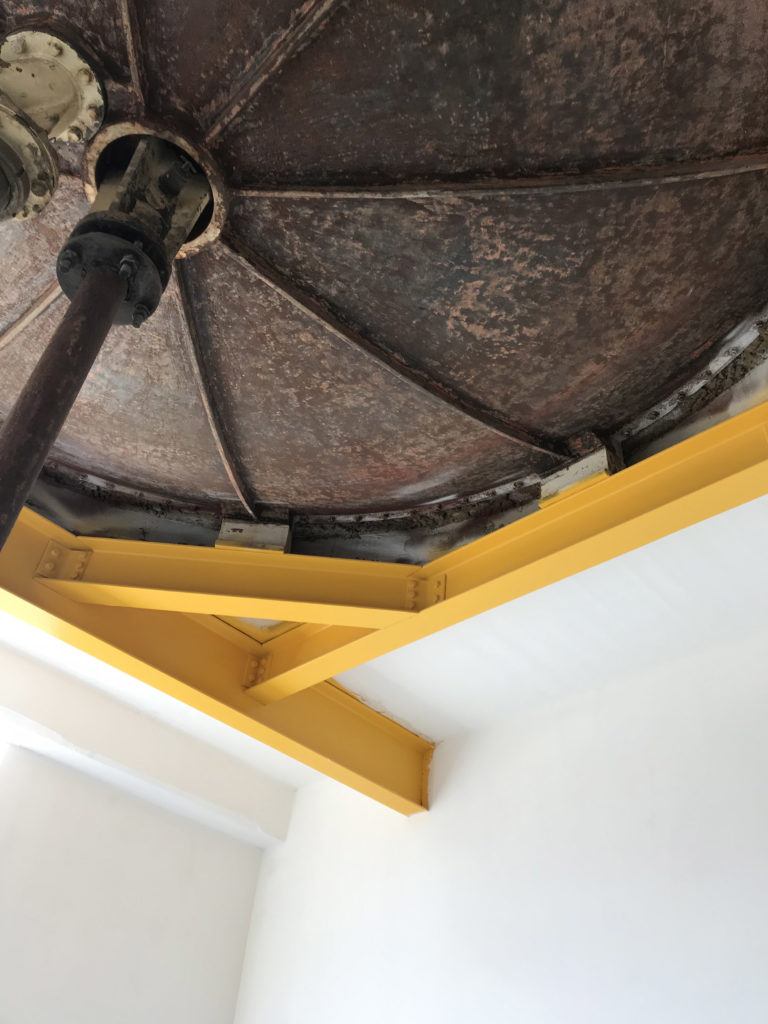
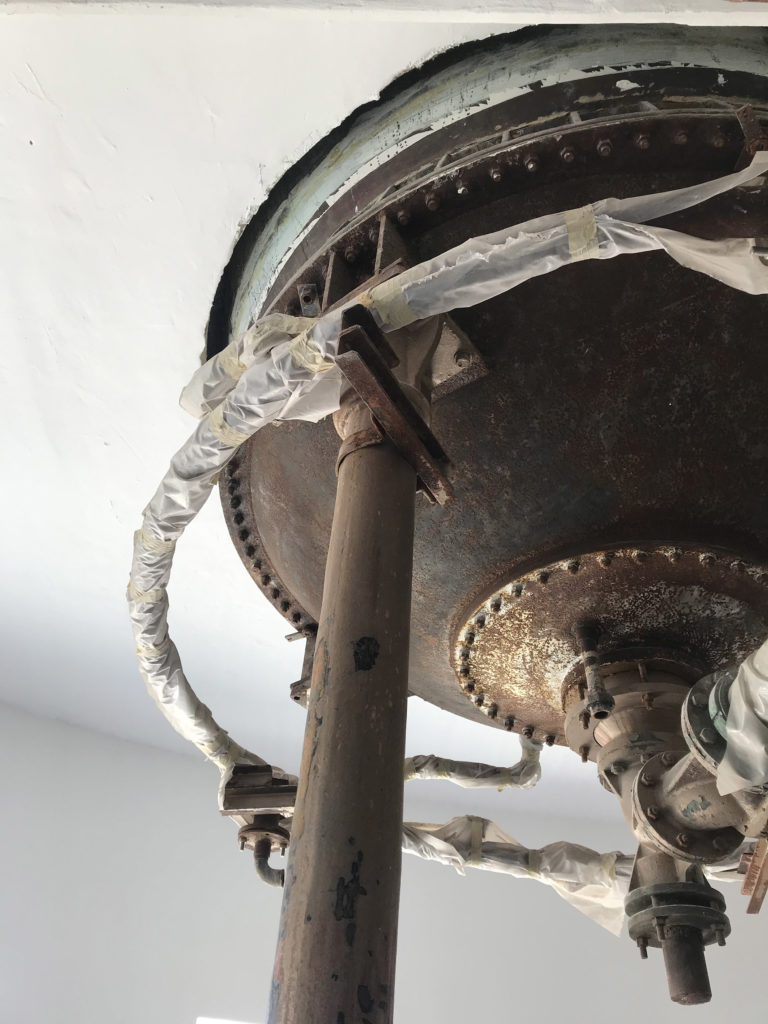

The 5 kettles in the 1950 Farsons Brewery will become a major attraction for visitors to The Brewhouse and several of its upcoming outlets. Amongst these, 4 of them saw over 63 years of uninterrupted service in the Farsons Brewery, creating millions of litres of beer between 1950 and 2013.
The 5th one – we shall let the visitor to discover which with some on-site hints – is even older, having been transferred from the Malta Export Brewery, the original producers of Cisk, to the 1950 brewery once Cisk merged with Simonds Farsons to form the eponymous Simonds Farsons Cisk plc that we all are familiar with today.
While the tops of the kettles would have been visible by many who passed through and worked in the building during its operational years, the bottoms of the tanks were only ever accessible by a small group of brewery technicians. That’s all set to change, with the underbellies of the boilers planned as integral statement pieces in the upcoming Kettles Café, a new eatery serving freshly baked goods and of course, good coffee and beer.

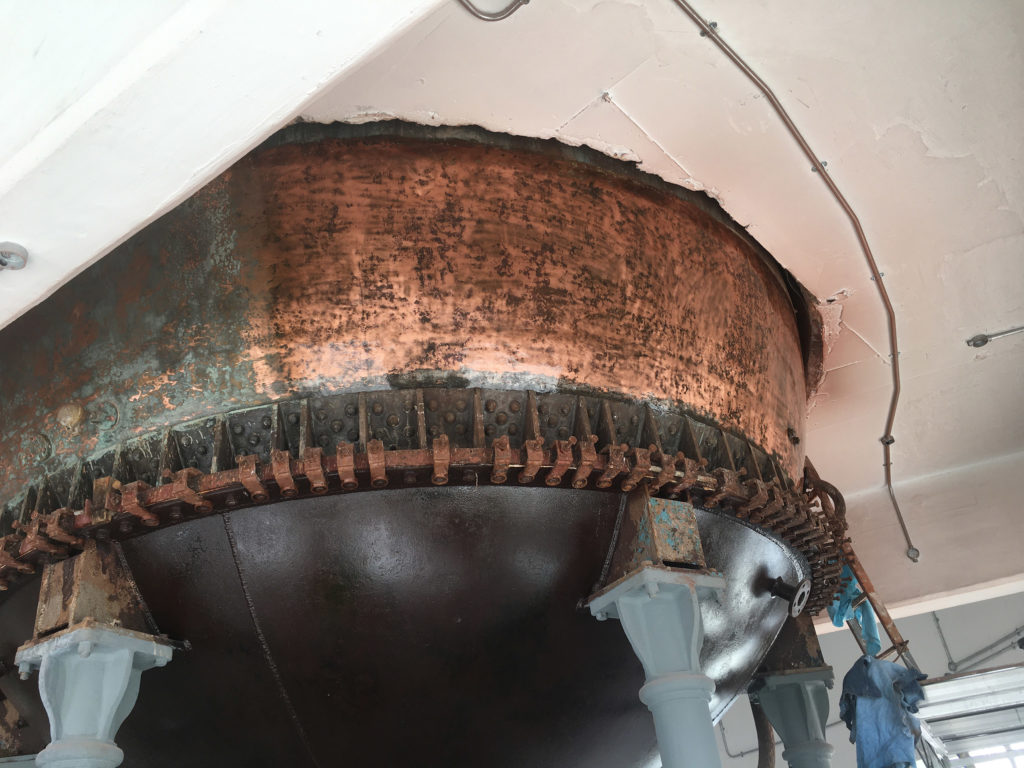
The process of cleaning these beautiful vessels required careful planning and consideration, the right materials and a serious amount of elbow grease. To start off, a thorough wash of any hazardous coatings was carried out, followed by meticulous removal of residues from past applications of protective tar-like substances. Next, localised light and non-aggressive polishing of the exposed copper surfaces was performed, with the newly gleaming copper surfaces immediately sealed against oxidisation with protective coatings.
The same process was carried out on the lower part of the hemispherical bottoms which are made of cast iron, jacketing the inner copper lining. These were cleaned and sealed with a protective layer. All throughout, The Brewhouse team approached the project with minimal intervention with the ultimate goal of showcasing the materials from which the kettles are made in an aesthetically pleasing but historically sensitive manner. The results speak for themselves.
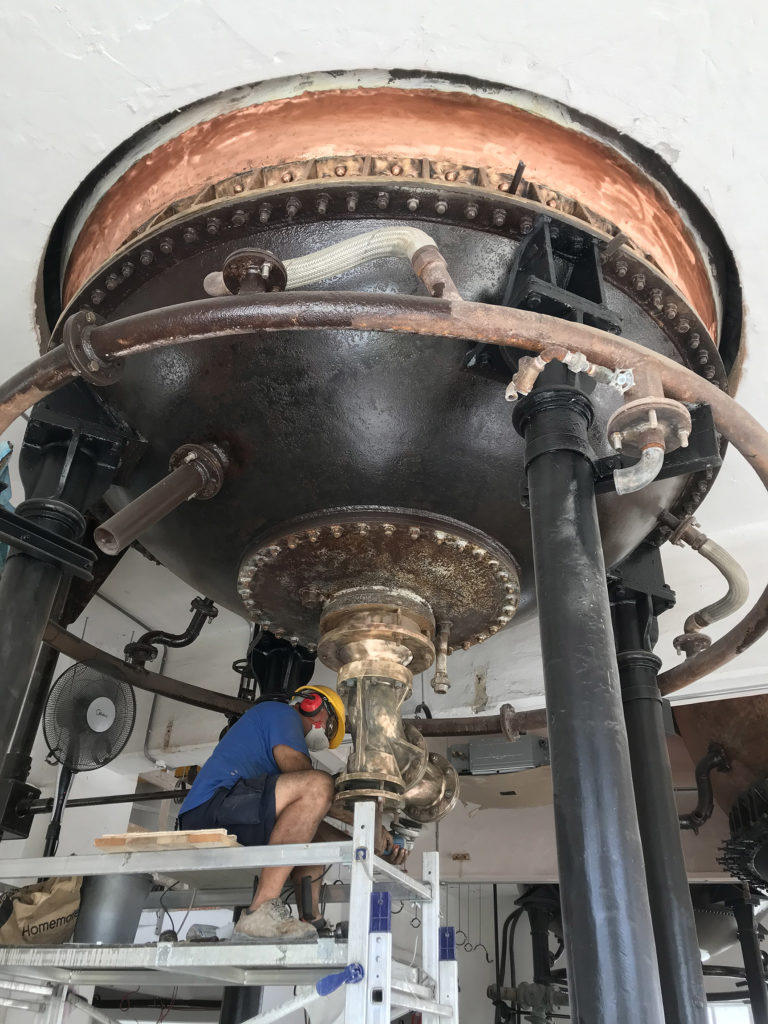

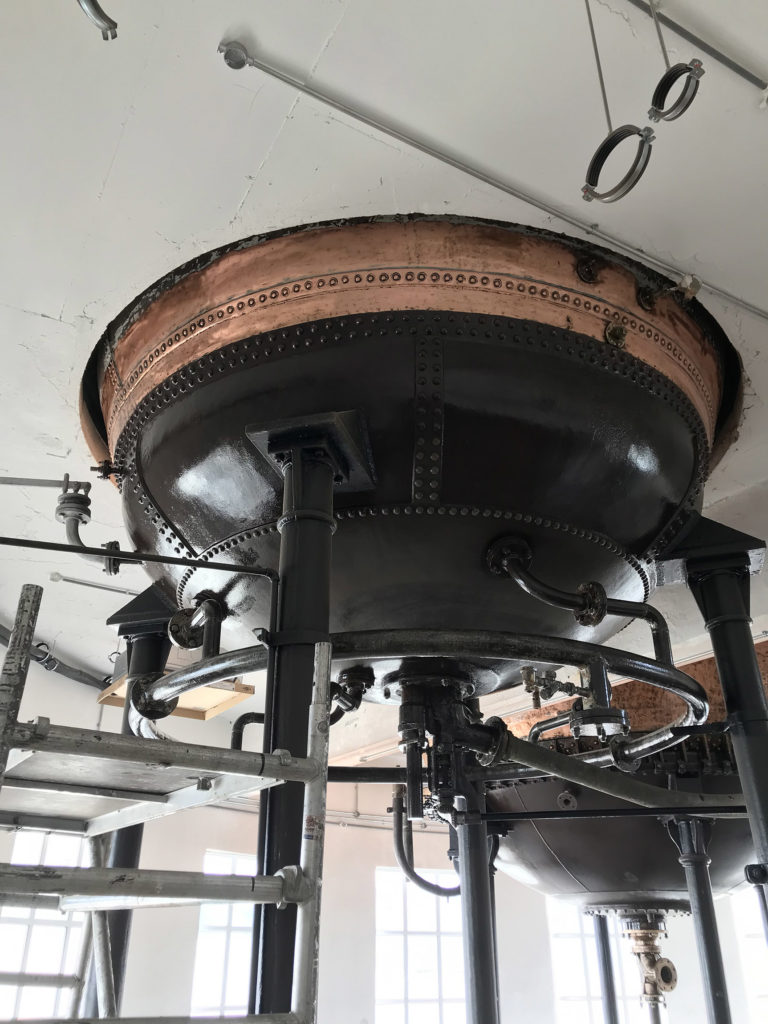

Now we earnestly start on the upper parts, one floor up … but this will have to be another blog post entirely.
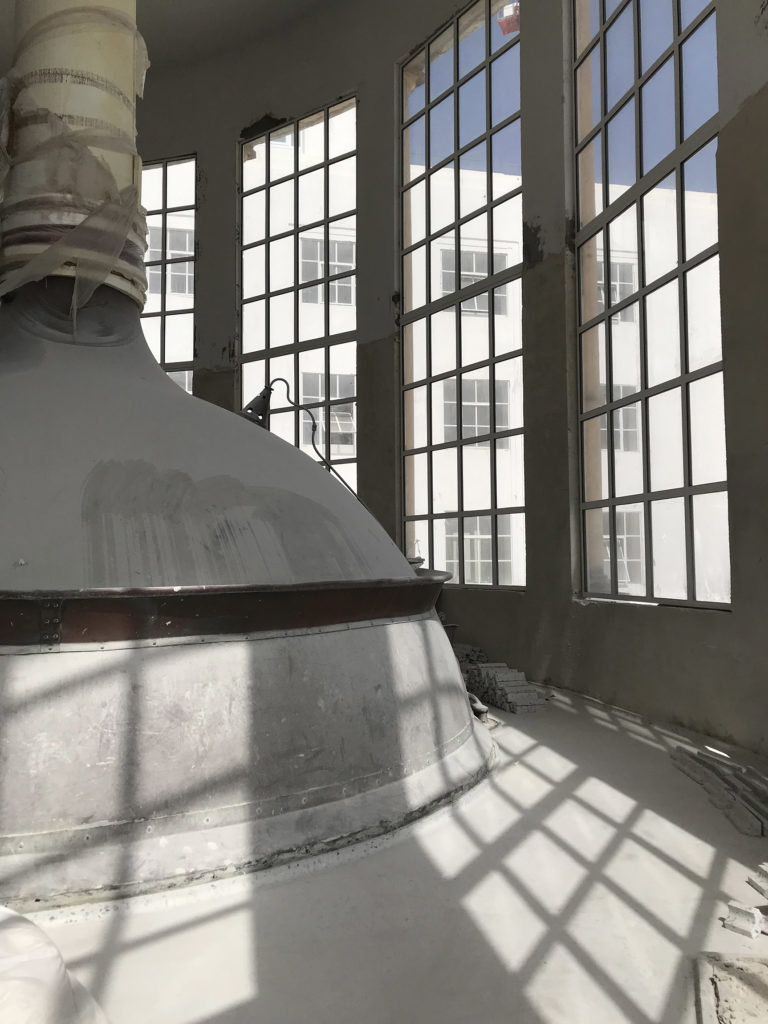
Website designed and produced by dna.studio